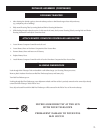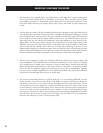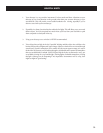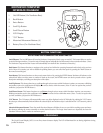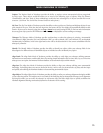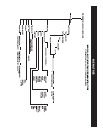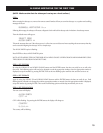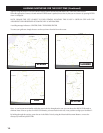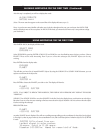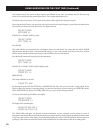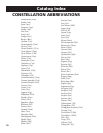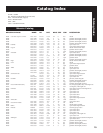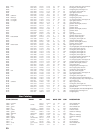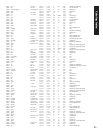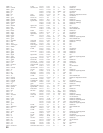
M
ALIGNING NORTHSTAR FOR THE FIRST TIME (Continued)
After this step is completed, you will see a display that reads:
ALIGN COMPLETE
RATING *****
(Note: The more stars that appear on the second line of the display the better, up to 5)
Note: As you become more familiar with other stars in the sky throughout the year, you can choose the ALIGN STAR
mode to eliminate most of the set up data. In ALIGN STAR mode, you must need to know only 2 star positions to align
your NorthStar™.
After EARTH ALIGN, the display will then read:
SELECT MODE
EXPLORE ][
Select EXPLORE by pressing ENTER. SCROLL UP and DOWN to see what flashing menu choices you have. Choose
PLANET. These are the most interesting. Even if you are a first time telescope user, PLANET objects can be very
exciting.
Press ENTER when the display reads:
EXPLORE
PLANET
This will take you into a list of named PLANET objects. By using the SCROLL UP or SCROLL DOWN buttons, you can
explore several items in the object list.
PLANET
JUPITER ][
Press ENTER to choose the PLANET you wish to view. The display will then be:
PLANET
{120 ]52 JUPITER
NOTE: IF AN OBJECT IS BELOW THE HORIZON, THE DISPLAY WILL PERIODICALLY DISPLAY THE WORD
“HORIZON.”
SCROLL UP or SCROLL DOWN to see other PLANETS in the list. Notice the display shows you directions to each object.
But what if you are a first time user wanting to find out more about the object? Wouldn’t it be nice to know what the object
is before moving the telescope?
PRESS ENTER when:
PLANET
{120 ]52 JUPITER
any other PLANET item is displayed. You will see a scrolling message telling you the coordinates for the object, how bright it
is, how big it is, what its proper name is, what constellation it is in, and a brief description of what the object is. For JUPITER
it reads:
JUPITER fifth planet from sun.
Largest planet in solar system.
16 moons. Orbit is 11.86 years.
Diameter 143,000 km. Named for roman king of gods.
15.
M
USING NORTHSTAR FOR THE FIRST TIME



